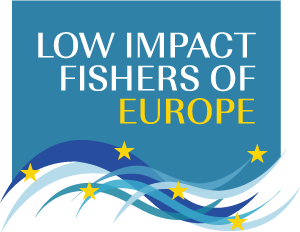Brussels 28 November 2023. A hybrid event took place in Brussels, organised by DG Mare, to follow up on the June 16 launch of the “Energy Transition Partnership”. The workshop brought together various stakeholders (fishing sector, NGOs, ACs, national and EU administrations) with the aim of compiling a list of the main challenges, opportunities and concerns arising from decarbonising the fisheries and aquaculture sectors. This will provide the basis for a paper to help design a roadmap for the energy transition in EU fisheries and aquaculture, and how to finance it.
For the fisheries sector, energy transition means two things. First and foremost, it means reducing dependency on fossil fuels, one of the most important running costs. Following a series of global crises, fuel costs have become highly volatile and seem likely to remain so. This is having a huge impact on the economic viability and resilience of fishing, making a switch to alternative fuels an urgent priority. Secondly, like other economic and production sectors, fishing is bound by Green Deal targets for climate neutrality by 2050. Given the relatively insignificant contribution of EU fishing activities to global greenhouse gas emissions – around 0.01% – this is clearly less of a priority.
In the short term, the main concern of the fisheries sector is to survive the current crisis situation. In achieving this, tax breaks on fuel and emergency funding will be crucial. The Euros 19 million available in the EMFAF (up to 2027) for engine replacements and improving energy efficiency could help in this regard. However, the EMFAF was criticised as not being fit for purpose, with very few member states using the funds in National Plans for energy transition, with significant delays in funds being released, and with up to 20% of the funds being lost through not being spent. Divided amongst the EU’s 22 coastal states, 19 million euros would not go very far in any case, hardly enough even to transform one vessel, let alone an entire fleet!
Retrofitting new engines and fishing systems into old vessels makes no sense, and at best amounts to tinkering around the edges of the problem. Rather what is needed is a phased approach, with pathways mapped out describing how the sector gets from where it is to where it needs to be in 2050.
In the longer term, fishing faces numerous challenges, including evolving from a 20th century extractive activity, into a fit for purpose 21st century sustainable seafood producing sector as part of the rapidly developing Blue Economy. However, as yet there is no common understanding of what a sustainable seafood production sector might look like in 2050 or what role fishing will play in the Blue Economy. Such a vision must also include the processing sector and supply chains, which incur a significant carbon footprint, and which currently rely largely on imports that don’t comply with EU sustainability standards.
For more information: https://ec.europa.eu/commission/presscorner/detail/en/qanda_23_829



